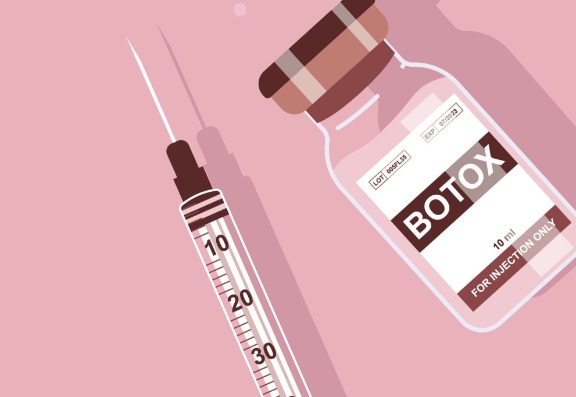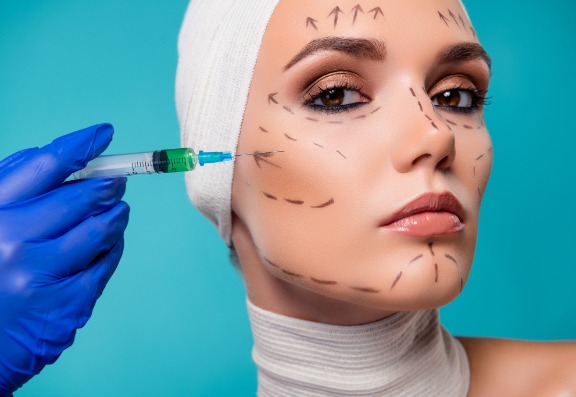Botox remains one of the most popular treatments in my Cheshire clinic and in this blog I’ll be answering all the questions you ask me about it…let’s go!
What is Botox, and how does it work?

What areas can Botox treat?
- Forehead lines: Horizontal lines that form from raising your eyebrows.
- Frown lines: The vertical lines between the eyebrows, often referred to as “11 lines.”
- Crow’s feet: Fine lines that appear around the outer corners of the eyes.
- Bunny lines: Small lines that form on the nose when you scrunch it.

Are there any side effects or risks associated with Botox?
- Redness or bruising at the injection site
- Temporary headache
- Mild pain or swelling
Botox side effects

Author: Dr Emma Goulding
Dr Emma Goulding is an NHS and aesthetic doctor based in Hale, Altrincham. She prioritises a patient-centred approach to aesthetic medicine. This means you will receive a comprehensive consultation, where all options can be discussed, and any questions addressed. As this is a bespoke clinic you will not be treated with a one-size-fits-all approach, and every treatment will be tailored specifically to your needs.
Dr Emma Goulding graduated from The University of Manchester Medical School in 2017 after previously gaining an honours degree in Medical Sciences from The University of Leeds. Having practised medicine both here and overseas in Australia, she is now undertaking her GP qualification within the North West Deanery.
In addition to her NHS work Dr Emma has been practising aesthetic medicine for over 6 years and currently teaches other medical professionals in this field at the award-winning Training Academy, Acquisition Aesthetics. Her work in the aesthetic field has been nationally published in magazines such as the Aesthetics Journal, and she is also an associate member of the highly esteemed British College of Aesthetic Medicine.
Outside of her medical work Dr Emma is a busy mum and as a result of this has a passion for pregnancy and postpartum care within her work.
Her friendly and caring approach to medical aesthetics is welcomed among her patients.
To view more blogs by Dr Emma Goulding please click here.
